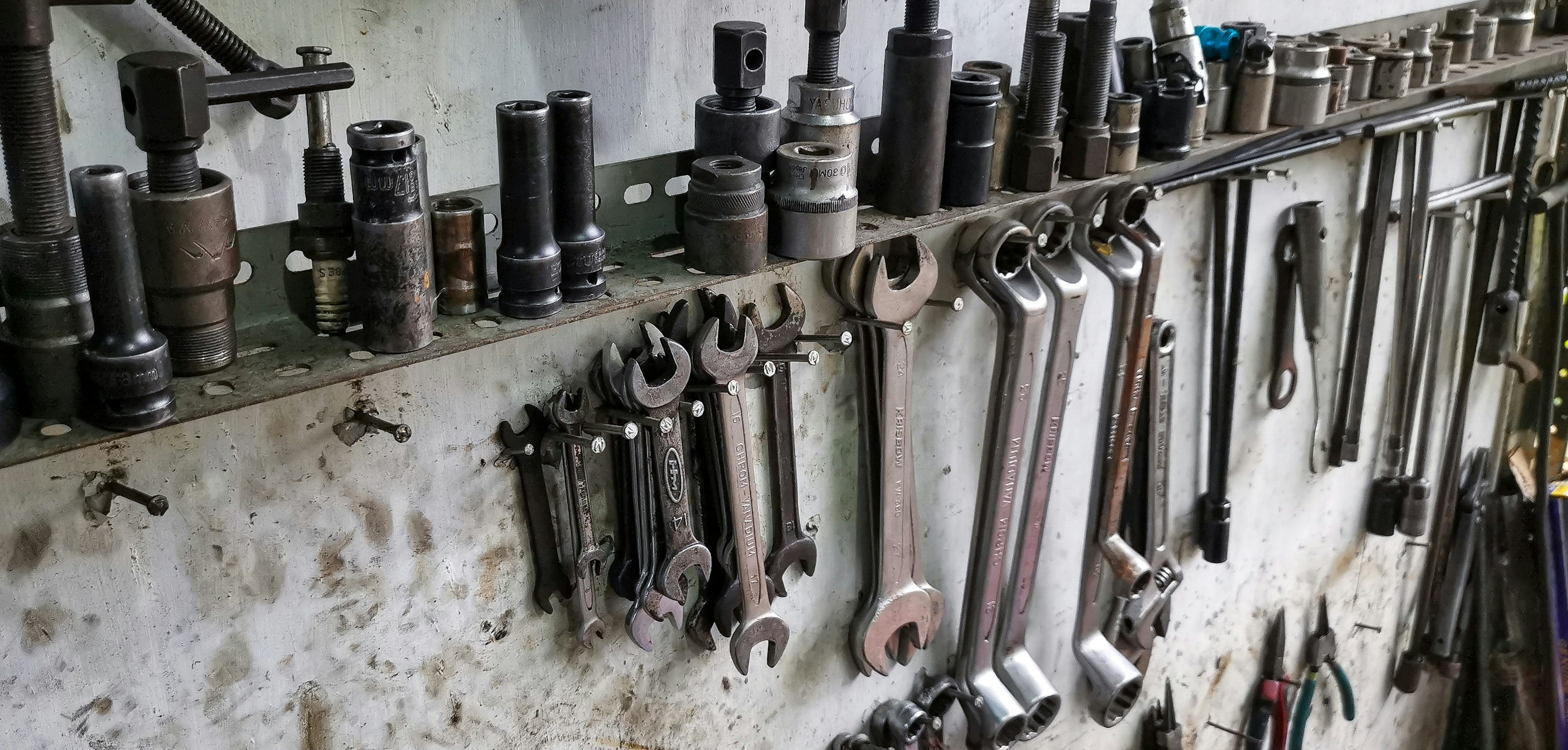If you've ever wondered about the roles of Quality Assurance (QA) and Customer Service in your organization, you're not alone. These two functions are often mentioned together, but they serve distinct purposes. Understanding the differences between QA and Customer Service—and how they work together—is crucial for any business aiming to deliver exceptional customer experiences.
In this comprehensive guide, we'll unpack the unique roles of QA and Customer Service, explore their differences, and discuss how they can collaborate effectively. So grab a cup of coffee, and let's dive in!
What is Customer Service?
Customer Service is the direct interaction between your company and your customers. It's the frontline of your business, handling inquiries, resolving issues, and providing information about your products or services. The primary goal of Customer Service is to ensure customer satisfaction and foster loyalty.
Your Customer Service team is responsible for:
- Answering Questions: Providing information about products, services, and policies.
- Resolving Issues: Addressing customer complaints and finding solutions.
- Building Relationships: Creating positive experiences to encourage repeat business.
- Collecting Feedback: Gathering insights from customers to inform business decisions.
For more on elevating your Customer Service team, check out our article on Quality Assurance in Customer Service Training: Elevate Your Team's Performance.
What is Quality Assurance?
Quality Assurance, on the other hand, is a systematic process that ensures your products or services meet specific requirements and quality standards. In the context of Customer Service, QA involves evaluating customer interactions to ensure they align with your company's standards and policies.
The QA team focuses on:
- Monitoring Performance: Evaluating customer interactions for compliance and quality.
- Identifying Training Needs: Highlighting areas where agents can improve.
- Ensuring Consistency: Making sure all customers receive a uniform experience.
- Improving Processes: Recommending changes to enhance service quality.
For a deeper dive into the importance of QA, read our guide on Implementing Effective Customer Service Quality Assurance Guidelines.
Key Differences Between Quality Assurance and Customer Service
While both QA and Customer Service aim to enhance customer satisfaction, they operate differently:
Aspect Customer Service Quality Assurance Primary Focus Direct interaction with customers to address their needs. Evaluating and improving the quality of customer interactions. Proactivity vs. Reactivity Reactive—responds to customer inquiries and issues as they arise. Proactive—seeks to prevent issues by improving processes and training. Scope Deals with individual customer cases. Analyzes overall performance to identify trends. Goals Ensure customer satisfaction and resolve issues promptly. Maintain high-quality service standards and consistency.Why Both Functions Are Essential
Having both Customer Service and Quality Assurance is crucial for delivering exceptional customer experiences. Here's why:
1. Immediate Issue Resolution
Customer Service handles immediate customer needs, ensuring problems are resolved quickly. This keeps customers happy and reduces frustration.
2. Continuous Improvement
Quality Assurance looks at the big picture, identifying patterns and areas for improvement. This leads to better training, refined processes, and enhanced service quality over time.
3. Balanced Feedback Loop
QA provides feedback to Customer Service agents, helping them improve. At the same time, agents can share insights from customer interactions that inform QA assessments.
Learn more about creating effective feedback loops in our article on Top 10 Mistakes to Avoid in Customer Service Quality Assurance—and How to Fix Them.
How QA and Customer Service Work Together
Collaboration between QA and Customer Service is key. Here's how they can work together effectively:
1. Establish Clear Communication Channels
Ensure that there are open lines of communication between the QA team and Customer Service agents. Regular meetings and reports can facilitate this.
2. Shared Goals and Objectives
Both teams should align on common goals, such as improving customer satisfaction scores or reducing resolution times.
3. Continuous Training and Development
Use insights from QA evaluations to inform training programs for Customer Service agents. This ensures that feedback leads to tangible improvements.
Consider incorporating AI tools to enhance this process. Our guide on How to Generate Customer Service Quality Assurance Checklists with AI provides valuable insights.
4. Recognize and Reward Excellence
Use QA assessments to acknowledge outstanding Customer Service agents. This boosts morale and encourages high performance.
Case Study: Implementing QA in Customer Service
Let's look at a practical example of how integrating QA and Customer Service can enhance performance:
The Challenge
A mid-sized software company noticed that customer satisfaction scores were declining. While their Customer Service team was responsive, there was inconsistency in the quality of interactions.
The Solution
The company established a QA team to monitor customer interactions. They developed a Customer Service Quality Assurance Checklist to evaluate calls and emails.
The Outcome
Within three months, customer satisfaction scores improved by 20%. The QA team identified common issues and provided targeted feedback to agents. Training programs were updated based on QA findings, leading to more consistent service.
Tools to Facilitate QA and Customer Service Collaboration
Leveraging the right tools can make collaboration smoother:
1. Customer Service Platforms with Integrated QA
Platforms like HubSpot and Help Scout offer features that support both Customer Service and QA functions.
2. AI-Powered QA Tools
AI tools can automate the QA process, making it more efficient. Consider using solutions like Quality Agent to generate QA checklists and analyze interactions.
3. Collaboration Software
Platforms like Slack or Microsoft Teams facilitate real-time communication between teams, making it easier to share feedback and updates.
The Role of Management in Bridging the Gap
Leadership plays a crucial role in ensuring QA and Customer Service work together effectively:
1. Set Clear Expectations
Define the roles and responsibilities of each team, and communicate how they contribute to overall goals.
2. Foster a Culture of Continuous Improvement
Encourage teams to view feedback as an opportunity for growth rather than criticism.
3. Provide Resources and Support
Invest in training and tools that facilitate collaboration and efficiency.
For more on implementing effective guidelines, see our article on Quality Assurance Customer Service Guidelines.
Common Misconceptions
Let's address some common misconceptions about QA and Customer Service:
1. QA Is Only About Identifying Mistakes
While QA does identify areas for improvement, it's also about recognizing what agents are doing well and reinforcing best practices.
2. Customer Service Agents Don't Need to Understand QA
Agents benefit from understanding QA processes as it helps them align their performance with organizational standards.
3. QA Slows Down Customer Service
When implemented effectively, QA enhances efficiency by streamlining processes and reducing errors.
Measuring Success
To assess the effectiveness of your QA and Customer Service collaboration, consider tracking the following metrics:
- Customer Satisfaction Scores (CSAT): Direct feedback from customers about their experience.
- First Contact Resolution (FCR): The percentage of cases resolved in the first interaction.
- Quality Scores: Internal assessments from QA evaluations.
- Employee Satisfaction: Feedback from agents about the support and resources they receive.
Regularly reviewing these metrics helps you make data-driven decisions to enhance performance.
Conclusion
Understanding the differences between Quality Assurance and Customer Service—and how they complement each other—is essential for delivering exceptional customer experiences. While Customer Service focuses on addressing immediate customer needs, QA ensures that these interactions meet high standards of quality and consistency.
By fostering collaboration between these functions, leveraging the right tools, and investing in continuous improvement, your organization can not only meet but exceed customer expectations.
Remember, the ultimate goal is to create a seamless and satisfying experience for your customers. When QA and Customer Service work hand-in-hand, everyone wins.


